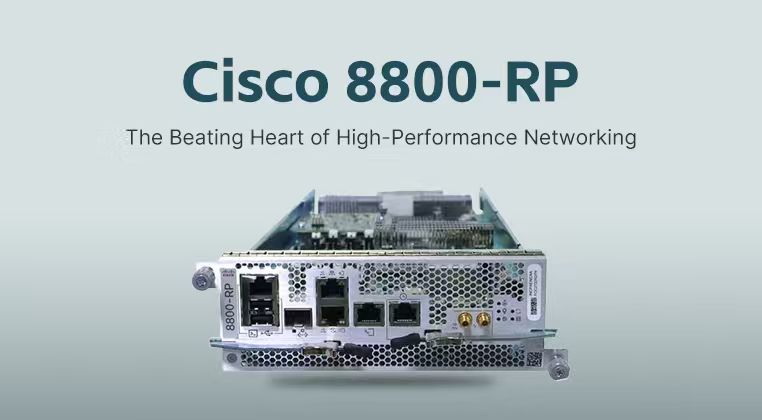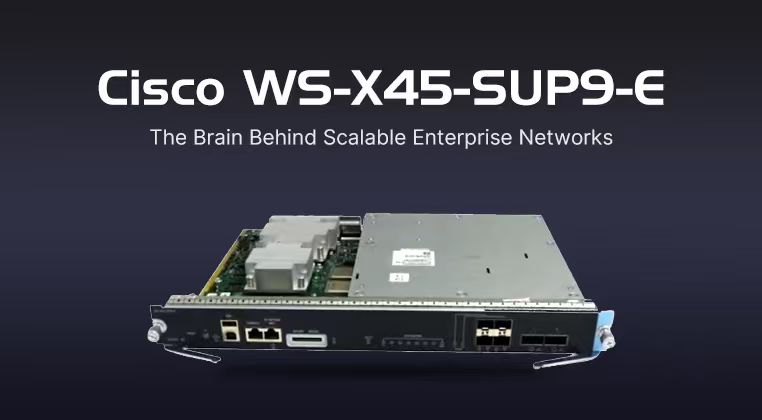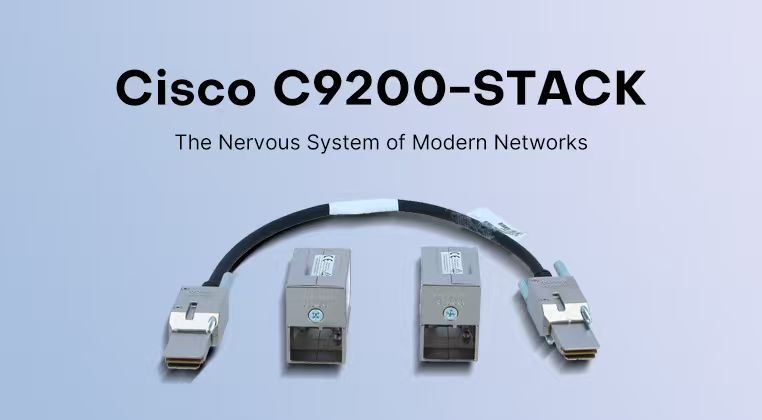



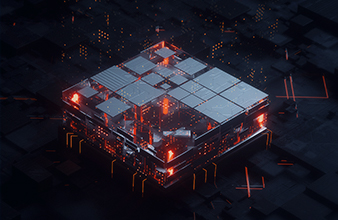










Cisco Nexus vs. Catalyst: A Deep Dive into N9K-C9232C and C9500-40X-A
Hey folks, choosing the right switch for your network can feel like a daunting task. Today, we're putting two of Cisco's heavyweights under the microscope: the Nexus 9000 Series N9K-C9232C and the Catalyst 9000 Series C9500-40X-A. They're built for different corners of the data center, and understanding their strengths is key to making the right call. Let's break it down.
First up, let's look at the hard numbers. This table gives you a quick snapshot of how they stack up on paper. I've included the confirmed specs for the C9500-40X-A and the typical profile for a switch like the N9K-C9232C for comparison.
|
Core Parameter |
Cisco N9K-C9232C (Typical Profile) |
Cisco C9500-40X-A (Specifics) |
|---|---|---|
|
Series / Target Use |
Nexus / Data Center Core/Spine |
Catalyst / Enterprise Aggregation/Core |
|
Application Layer |
Layer 3 (Designed for massive scale) |
Layer 3
|
|
Port Configuration |
32 x QSFP28 (100G) ports |
40 x 10G SFP+ ports
|
|
Total Switching Capacity |
Multi-Terabit (Typically > 10 Tbps) |
960 Gbps
|
|
Forwarding Rate |
Several Terabits per second |
720 Mpps
|
|
VLAN Support |
4000+ (Typically 4094) |
VLAN ID: 4094
|
|
ACL Scale (QoS/Security) |
Very High (Tens of thousands) |
Up to 18,000 entries
|
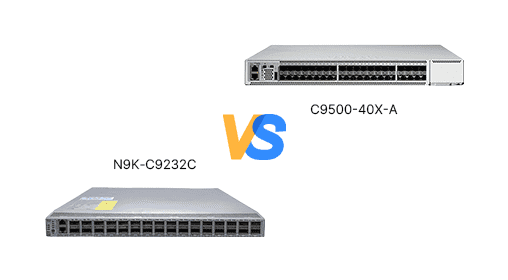
This is where their personalities really diverge.
The C9500-40X-A is like a powerful, all-purpose workhorse. Its 960 Gbps capacity and 720 Mpps forwarding rate are solid for handling a mix of traffic from many access switches in a large enterprise campus. It's built for reliability, with a robust physical design.The N9K-C9232C, on the other hand, is a specialist built for speed and scale. With its 32x100G ports, it's designed to be the backbone of a modern data center, connecting massive server farms and storage arrays. Its switching capacity is in the multi-terabit range, orders of magnitude higher, to handle east-west traffic between servers without breaking a sweat.
When it comes to physical appearance, the difference is clear. The C9500 is a standard 1RU switch, measuring 44 x 445 x 567 mm and weighing a substantial 11.68 kg, reflecting its enterprise-grade build. The N9K-C9232C is typically a denser 2RU form factor to accommodate the high-power requirements and heat dissipation of its 100G ports, making it heavier and deeper.
This is a huge differentiator. The C9500 runs Cisco IOS XE. If you've managed any Catalyst switches before, you'll feel right at home. It's a proven, reliable operating system perfect for traditional enterprise networks, with strong security features and straightforward management. Its stability is highlighted by an impressive Mean Time Between Failures (MTBF) of over 230,000 hours.
The N9K runs Cisco NX-OS, an operating system built from the ground up for the data center. It's all about automation, programmability, and multi-tenancy. It supports features like VXLAN for network overlays, which are essential for modern cloud environments. Its stability is tuned for 24/7 data center operations where downtime is not an option.
For a network engineer in a corporate office, the C9500-40X-A will be more familiar and easier to manage. The CLI is classic Cisco, and the feature set is tailored for user access, network policies, and internet connectivity. It offers a great balance of performance, security, and manageability for its class.
The N9K-C9232C demands a different skillset. It's for engineers who live and breathe data centers. The learning curve can be steeper if you're coming from an enterprise background, but the payoff is unparalleled control and automation in a high-stakes environment. You're paying a premium for that extreme port density and cutting-edge performance.
Cisco C9500-40X-A: The Enterprise Champion
Pros: Excellent 10G port density for its size; familiar IOS XE OS; strong security and QoS features; proven stability with high MTBF; standard 1RU form factor.
Cons: Not designed for high-speed (40G/100G) data center core; switching capacity is limiting for massive server farms.
Cisco N9K-C9232C: The Data Center Powerhouse
Pros: Massive 100G port density; immense switching capacity for low-latency data center traffic; advanced NX-OS for automation and cloud networking; designed for ultimate reliability in critical environments.
Cons: Much higher acquisition cost; steeper learning curve; larger physical footprint and power consumption.
So, which one is for you?
If you're building out or upgrading the core of a large enterprise network where reliability and a rich feature set are key, the Catalyst C9500-40X-A is a fantastic and powerful choice.
But if your world is the data center, and you need blistering speed, high-density 100G ports, and the advanced tools to manage a scalable, programmable network, the Nexus N9K-C9232C is in a league of its own. It's a specialized tool for a specialized job.
Hopefully, this gives you a clearer picture. The best choice always comes down to the specific problems you need to solve
